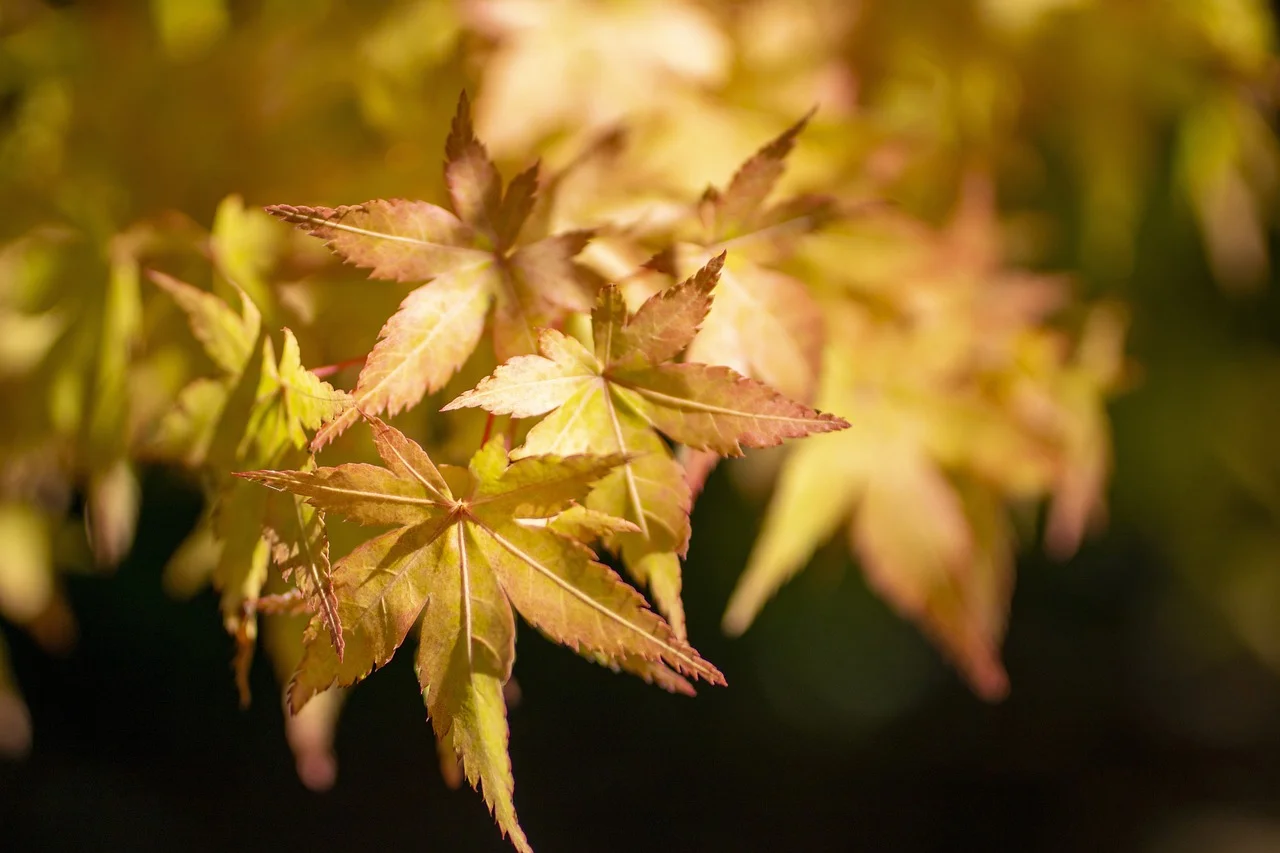
Key Takeaways:
Bountiful Bangladesh: Unraveling the Impact of the Crisis on Agri Commodity Prices
As we delve into the intricate dynamics of Bangladesh’s agricultural sector, it becomes evident that recent crises have significantly affected agri commodity prices. In this article, we will dissect the impact of the crisis and explore the factors that contribute to the fluctuations in agri commodity prices. Furthermore, we will discuss the potential steps that can be taken to manage and mitigate the effects of the crisis.
The Impact of the Crisis on Agri Commodity Prices
In recent years, Bangladesh has faced several crises that have had a direct impact on agri commodity prices. One of the most significant crises was the extreme monsoon season which led to massive floods, damaging crops and causing severe shortages in supply. Additionally, the COVID-19 pandemic disrupted both domestic and international markets, resulting in a decline in demand for agricultural products.
The combination of these crises has created a ripple effect, pushing the prices of agri commodities to new heights. Consumers are now burdened with the increased cost of essential items, making it challenging for them to secure an adequate food supply for their families.
The Influencing Factors: Understanding Changes in Agri Commodity Prices
Various factors contribute to the changes in agri commodity prices in Bangladesh. Identifying these factors is crucial for understanding market dynamics and making informed decisions. Let’s explore some of the key influencers:
1. Climate Change and Natural Disasters:
Bangladesh is prone to natural disasters, including floods, cyclones, and droughts. Unpredictable weather patterns caused by climate change and recurring natural disasters greatly affect the production and supply of agricultural commodities. Farmers struggle to harvest and store their crops, resulting in reduced yields and increased post-harvest losses. As a consequence, the scarcity of supply drives up the prices of agri commodities.
2. Market Demand and Supply:
Market demand and supply dynamics play a pivotal role in determining commodity prices. When demand surpasses supply, prices tend to rise due to scarcity. On the other hand, when supply exceeds demand, prices decrease. Events such as increased urbanization, population growth, and changes in consumer preferences significantly impact the demand and, consequently, the prices of agri commodities.
3. Trade Policies and Import Restrictions:
Trade policies and import restrictions also contribute to the volatility of agri commodity prices. Impositions of tariffs, quotas, export bans, and regulations can restrict the flow of agricultural products into the market. Such measures disturb the balance between demand and supply, fuelling price fluctuations.
4. Infrastructure and Storage Facilities:
Inadequate infrastructure and storage facilities pose additional challenges to the agricultural sector in Bangladesh. Insufficient storage capabilities result in post-harvest losses, exacerbating the scarcity of supply and driving up prices. Strengthening storage infrastructure is essential to ensure a stable market and prevent extreme price spikes during crisis situations.
5. Currency Exchange Rates:
Changes in currency exchange rates can directly impact agri commodity prices, particularly in a country with an import-dependent economy like Bangladesh. Fluctuations in exchange rates can significantly influence the cost of imported agricultural inputs such as fertilizers, machinery, and seeds, which can ultimately affect the price of domestically produced agricultural commodities.
Managing and Mitigating the Effects:
While it may be challenging to reverse the impact of crises on agri commodity prices, there are certain measures that can be undertaken to manage and mitigate the effects. Here are a few steps that can be considered:
1. Diversification of Crops:
Promoting the cultivation of a diverse range of crops can provide a buffer against price volatility. Encouraging farmers to cultivate multiple crops reduces the dependence on a single commodity and can create a more resilient agricultural system. This approach empowers farmers to adapt to changing market conditions and minimize the impact of crisis-induced price fluctuations.
2. Development of Storage Infrastructure:
Investing in the development of storage infrastructure plays a crucial role in reducing post-harvest losses and maintaining a steady supply of agri commodities. Adequate storage facilities enable farmers to store their harvests effectively, preventing wastage and ensuring a consistent stream of supply. This, in turn, helps stabilize prices during times of crisis.
3. Agricultural Research and Technological Advancements:
Ongoing research and technological advancements in agriculture can address production challenges caused by climate change and natural disasters. Developing drought-resistant crop varieties, implementing efficient irrigation systems, and adopting modern farming practices can enhance productivity and resilience within the agricultural sector. These advancements can minimize crop losses, safeguard food supply, and stabilize agri commodity prices.
Frequently Asked Questions
Conclusion
The impact of the crisis on agri commodity prices in Bangladesh underscores the need for proactive measures to ensure a stable and resilient agricultural sector. By recognizing the factors influencing price fluctuations and implementing strategic solutions, Bangladesh can navigate through challenging times while safeguarding the availability and affordability of vital agri commodities.
Source: insightfullgo.com

